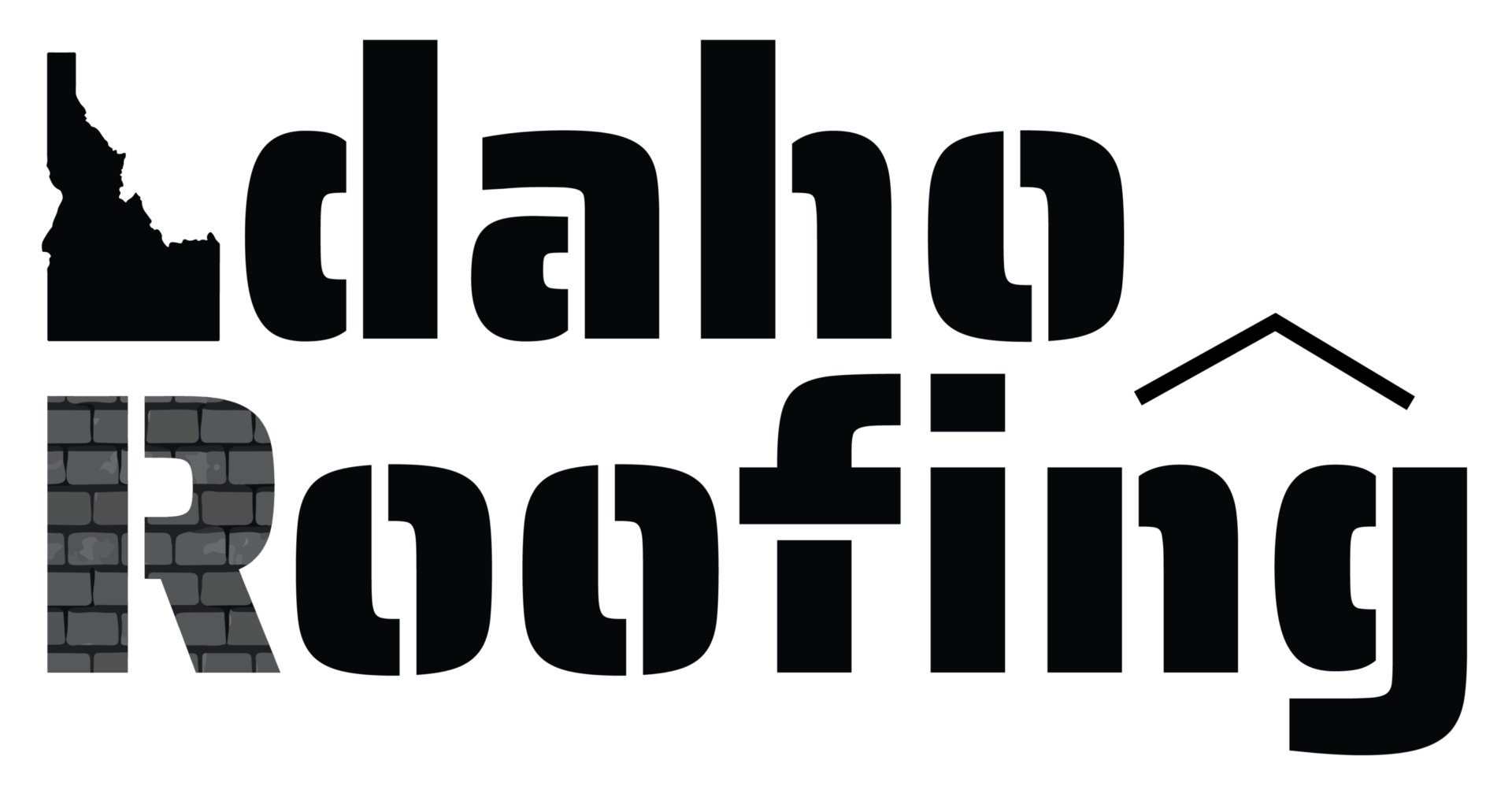Ice Dams in Eastern Idaho: Causes, Prevention, and Safe Removal
Ice dams form when heat from the home melts roof snow that refreezes at cold eaves. The resulting ridge traps water, which can back up under shingles and leak inside.
In Idaho Falls, Rigby, and Rexburg, the solution is part prevention (air sealing, insulation, ventilation) and part protection (ice and water shield at eaves/valleys).
At a glance
- Root cause: warm roof deck from air leaks or low insulation, plus cold eaves.
- Result: meltwater refreezes at eaves and crowns into a ridge that traps water.
- Prevention: air seal the attic, add/level insulation, and ensure balanced intake/exhaust ventilation.
- Protection: install ice and water shield at eaves, valleys, and other vulnerable areas during reroofing.
- Removal: use ground-level roof rakes and professional steaming. Avoid chisels and salt that can damage shingles and landscaping.
Why ice dams happen here
Our winters bring periods of sustained cold and on-roof snowpack. Heat escaping into the attic warms the roof deck above living spaces while eaves remain cold.
That temperature difference causes meltwater to refreeze at the edges and overhangs.
Prevention checklist (best long-term fix)
- Air sealing: seal attic bypasses around can lights, bath fans, plumbing stacks, and top-plate gaps.
- Insulation: add or level attic insulation to consistent depth; protect soffit intake with baffles.
- Ventilation: balance intake (soffits) and exhaust (ridge or roof vents) to keep the roof deck cold.
- Eave protection: specify ice and water shield at eaves/valleys during reroof projects.
- Gutters & drainage: keep gutters clear to reduce refreeze at the edge.
- Heat cable (supplemental): use on problem eaves as a band-aid, not a substitute for air sealing/insulation.
Safe removal options (short-term relief)
These steps reduce immediate risk. Work from the ground or hire a pro—do not chip or pry ice off shingles.
| Method | What it does | Notes |
|---|---|---|
| Roof rake (from ground) | Removes snow above the dam to reduce meltwater | Use a roof-safe rake with rollers; pull snow down, not up |
| Professional steam removal | Cuts channels through the ice without damaging shingles | Best for active leaks or heavy dams |
| Calcium chloride socks | Opens small melt channels through the dam | Place carefully; avoid rock salt and contact with plants |
Avoid: chisels, axes, hammers, pressure washers, or rock salt—these can damage roofing and shingles.
When to call Idaho Roofing
If you see ceiling stains, attic frost, or ice ridges at eaves, schedule an inspection. We’ll document conditions, safely relieve dams if needed, and recommend permanent fixes like air sealing, ventilation adjustments, and underlayment upgrades during reroofing.
Roof Repair Service
Seasonal Maintenance
Request an Ice Dam Inspection
FAQs
Do heat cables fix ice dams permanently?
No. Heat cables can reduce ice formation at problem eaves, but they do not address the root cause. Air sealing, insulation, and balanced ventilation are the long-term solution.
Will insurance cover ice dam leaks?
Policies vary. Some cover sudden damage from ice dams while excluding long-term maintenance issues. A documented inspection helps clarify options.
Is gutter cleaning really that important?
Yes. Clogged gutters slow meltwater at the edge and increase refreeze, which makes dams worse. Clean them before sustained freezes.
Can I prevent dams without accessing the attic?
You can reduce risk by raking roof snow after storms and keeping gutters clear, but lasting results usually require attic air sealing and insulation improvements.
